Amazonian Elephant’s Ear Plant
- March 12, 2024
- 0 comment
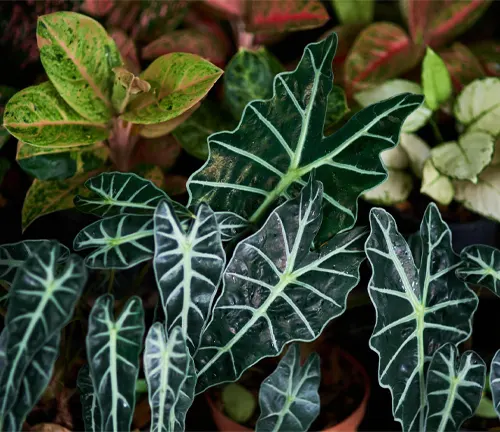
The Amazonian Elephant’s Ear Plant, scientifically known as Alocasia x amazonica, comes from Southeast Asia but feels right at home all over the world. This special plant is a mix of two different plants, which is why it looks so unique. People love it for its big, beautiful leaves that can make any room look like a tropical paradise.
Even though it’s from faraway places, many people grow it inside their homes. This way, they can enjoy a bit of the wild, exotic outdoors without stepping outside. It’s like bringing a piece of the jungle into your living room or kitchen, brightening up the space and adding a splash of nature’s beauty.

| Characteristics | Description |
| Scientific Name | Alocasia x amazonica |
| Common Names | Amazonian elephant’s ear |
| Family | Araceae |
| Native Region | Asia |
| Plant Type | Tropical |
| Size | 1–2 ft. tall, 1–2 ft. wide |
| Leaves | Deep green with whitish or light green veins, roughly serrated, and sometimes exhibiting purple-green hues |
| Flowers | Rarely blooms, primarily valued for its captivating foliage |
| Propagation | Best propagated by division during the spring |
| Drought Tolerance | Requires moist, well-drained soil and benefits from regular watering |
| Cultural Uses | Valued as a decorative plant with a belief in bringing good luck |
| Ecological Role | Provides cover and food for insects and animals in its native habitat |
| Notable Species | Alocasia ‘Polly’, Alocasia ‘Black Velvet’ |
| Hardiness Zones | USDA hardiness zones 9–11 |
| Growth Rate | Rapid growth with proper care |
| Lifespan | With appropriate care, can thrive for many years indoors |
The Amazonian elephant’s ear boasts deep green leaves adorned with whitish or light green veins, creating a visually striking display. It is cherished for its rapid growth, typically reaching a mature height of up to 2 feet. While it rarely flowers, its captivating foliage serves as the plant’s main attraction, adding a touch of tropical elegance to any indoor space.
Botanical Beauty of “Amazonian Elephant’s Ear”
The Amazonian elephant’s ear plant, scientifically known as Alocasia x amazonica, is a striking and beautiful tropical houseplant characterized by its large, deep green leaves adorned with whitish or light green veins. The leaves are roughly serrated and can sometimes exhibit an almost purple-green color. This robust rhizomatous perennial can grow up to 2 feet tall and wide, making it a prominent and visually appealing addition to any indoor space.
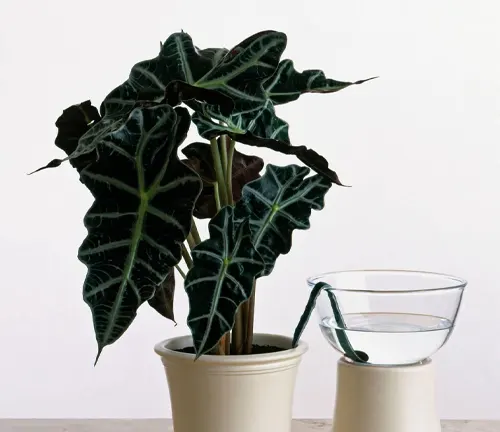
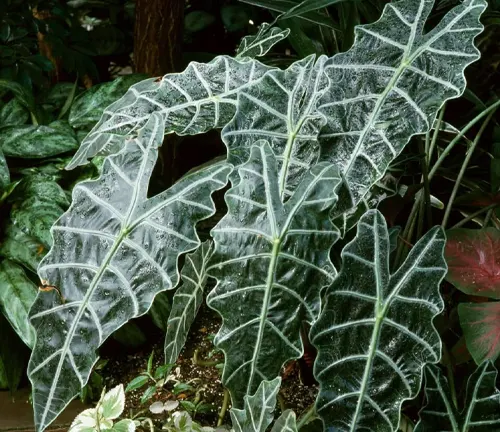
Woodland Elegance
In a woodland garden, the Amazonian Elephant’s Ear Plant is a standout beauty with its large, impressive leaves. These leaves create a lush green backdrop that makes the other nearby plants look even more beautiful.
Ecological Importance
The Amazonian Elephant’s Ear Plant plays a vital role in its native Asian habitat by providing food and shelter for various insects and animals. By doing so, it helps maintain the natural balance in its ecosystem, supporting the overall health and diversity of the environment.
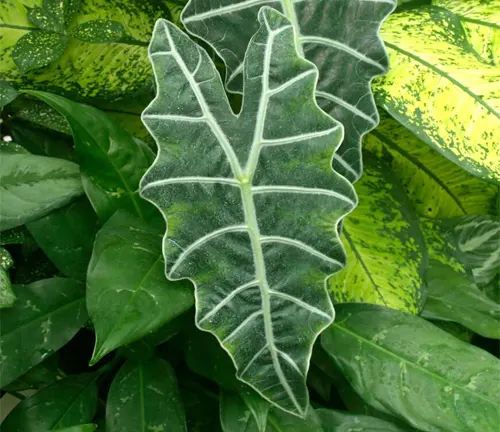
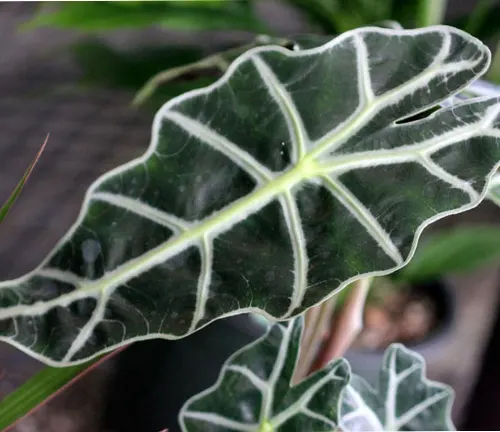
Cultivation and Conservation
Many people choose to grow the Amazonian Elephant’s Ear plant in their homes because of its stunning appearance. However, it’s crucial to ensure that it’s not excessively harvested from the wild, allowing it to thrive in its natural habitat. By being mindful of where the plant comes from and how it’s sourced, we can help preserve its presence in the wild while still enjoying its beauty at home.
Fragrance
The Amazonian Elephant’s Ear Plant may not be famous for its smell, but it adds something special to a garden without needing a fragrance. This plant makes your garden look and feel more alive because of its big, green leaves. Imagine walking into a space that feels like a piece of the lush Amazon rainforest.
Even though it doesn’t have a strong scent, the plant’s beauty is enough to make any area more inviting and interesting. It’s all about the visual joy it brings, making your garden a place where the eyes wander with delight, finding peace and beauty in the leafy greens.
Soil Stabilization
The Amazonian Elephant’s Ear Plant does an excellent job of keeping the soil in place. Its roots grow deep and wide, acting like a net that holds the soil together. This is very helpful because it stops the soil from washing away when it rains hard.
Also, by keeping the soil stable, this plant helps other nearby plants grow better. Their roots find it easier to spread and get the nutrients they need. This teamwork between the Elephant’s Ear Plant and the soil helps keep the garden healthy and full of life.
Common Uses

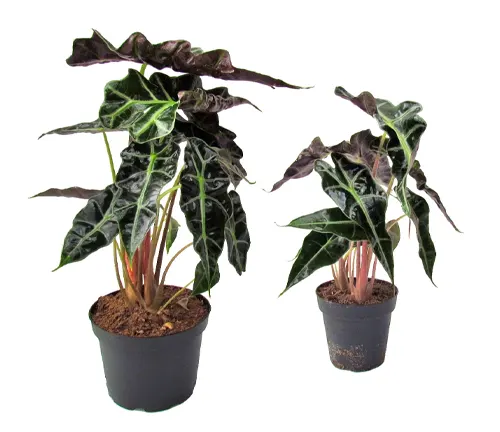
Beyond its beauty, the Amazonian Elephant’s Ear Plant is valued for more than just its looks. In some cultures, people believe in its healing properties and may use parts of the plant to create remedies for various ailments. This illustrates that the plant is not only visually appealing but also potentially beneficial for promoting good health. It serves as a wonderful addition to your space, bringing both aesthetic charm and potential wellness benefits.
Benefits
The Amazonian Elephant’s Ear Plant does more than just light up a room with its big, green leaves. It acts like a natural air cleaner. This plant takes in the bad air we don’t want to breathe and gives back clean, fresh air. It’s like having a living air purifier in your home or garden. This makes the air around you better to breathe, which is great for your health. So, by having this plant around, you’re not only making your space look good but also making it a healthier place to be.
Different Species
Alocasia macrorrhizos (Giant Taro)
This species is renowned for its impressive, glossy green leaves that can grow to substantial sizes, making a striking statement in any garden or large indoor space. Its commanding presence and lush foliage contribute to its popularity as a bold ornamental addition.
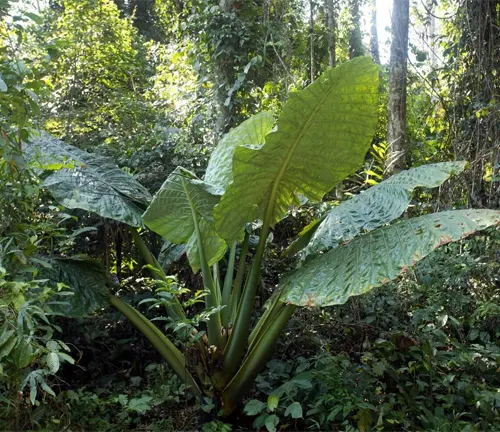
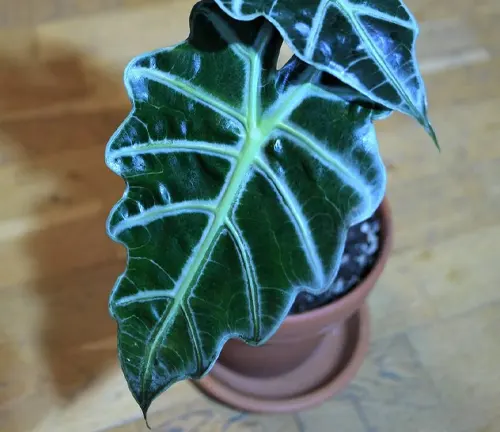
Alocasia polly (African Mask Plant)
With its dark green leaves adorned with prominent veins, Alocasia polly showcases a dramatic, sculptural appearance that adds an elegant touch to indoor settings. Its manageable size makes it well-suited for indoor cultivation, where its striking foliage can be appreciated up close.
Alocasia cuprea (Red Secret)
Alocasia cuprea stands out with its leaves that possess a metallic sheen, often displaying shades of red or copper. This unique feature makes it a captivating and somewhat rare variety, adding a touch of exotic allure to any plant collection or indoor space.


Alocasia odora (Night-Scented Lily)
Alocasia odora is characterized by its large, lush leaves and emits a pleasant fragrance when its flowers bloom at night, adding not only visual appeal but also olfactory delight to its surroundings. This sensory experience sets it apart as a charming addition to gardens or indoor areas.
Alocasia ‘Black Velvet’
This variety is distinguished by its dark, velvety leaves accented with contrasting white veins, creating a captivating visual contrast. Its compact size makes it an ideal choice for indoor cultivation, where its unique foliage can be admired up close, adding a touch of elegance to interior spaces.
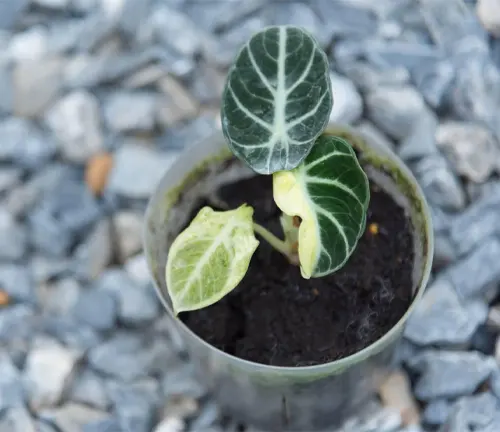
Frequently Asked Questions (FAQs)
- Where does the Amazonian Elephant’s Ear Plant come from?
The Amazonian Elephant’s Ear Plant, scientifically known as Alocasia x amazonica, hails from Southeast Asia but is now popular worldwide. - What makes the Amazonian Elephant’s Ear Plant unique?
This special plant is a hybrid of two different plants, resulting in its distinct appearance that captivates many with its big, beautiful leaves. - Why do people grow the Amazonian Elephant’s Ear Plant in their homes?
People grow this plant inside their homes to bring a touch of the wild, exotic outdoors into their living spaces, brightening up the room and adding a splash of nature’s beauty. - How does the Amazonian Elephant’s Ear Plant contribute to its native habitat?
In its native Asian habitat, the plant provides food and shelter for insects and animals, playing a vital role in maintaining the natural balance of its ecosystem. - What should be considered when cultivating the Amazonian Elephant’s Ear Plant?
It’s important to ensure that the plant is not excessively harvested from the wild, allowing it to thrive in its natural habitat while still being enjoyed at home. - Does the Amazonian Elephant’s Ear Plant have a fragrance?
While not known for its scent, the plant’s visual appeal adds an exciting and inviting element to any garden or indoor space. - How does the Amazonian Elephant’s Ear Plant benefit the soil?
The plant’s deep and wide roots help stabilize the soil, preventing erosion and aiding the growth of nearby plants by keeping the soil nutrient-rich and stable. - Are there any common uses for the Amazonian Elephant’s Ear Plant?
Beyond its aesthetic appeal, some people believe in the plant’s healing properties and may use parts of it for medicinal purposes. - What are the benefits of having the Amazonian Elephant’s Ear Plant in your home?
This plant acts as a natural air purifier, taking in impurities and releasing clean, fresh air, thereby improving the air quality in its surroundings. - Are there different species of the Elephant’s Ear Plant?
Yes, there are various species, such as Alocasia macrorrhizos, Alocasia polly, Alocasia cuprea, Alocasia odora, and Alocasia ‘Black Velvet’, each with its own unique characteristics and appeal.


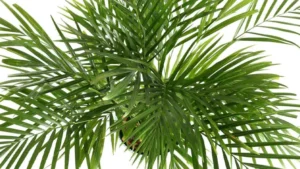
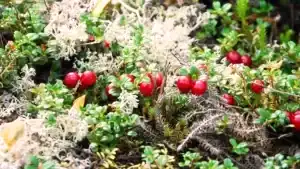
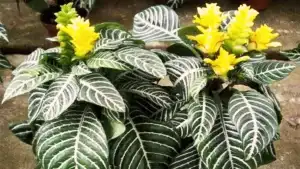

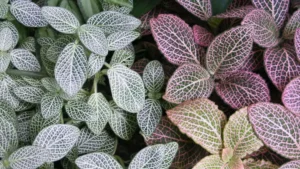
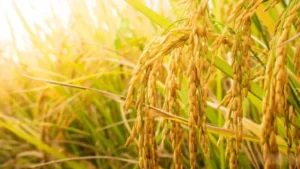

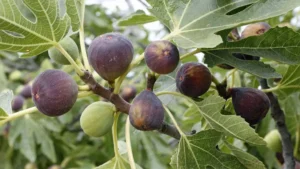
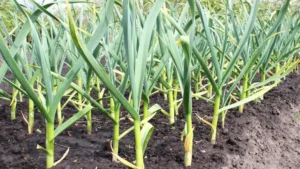
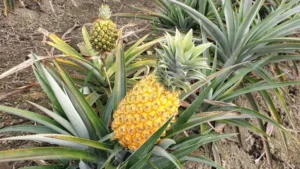
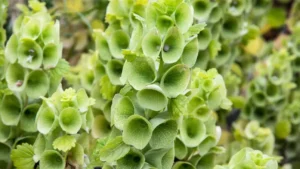
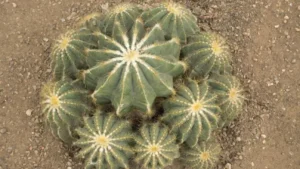
Leave your comment